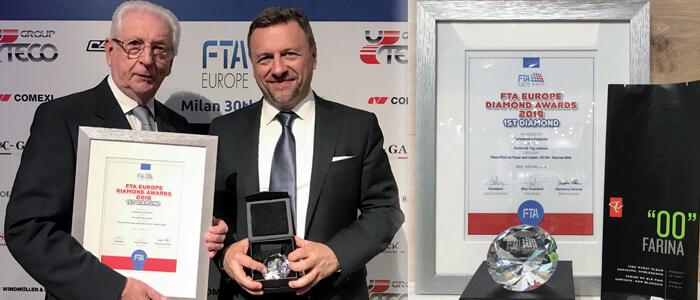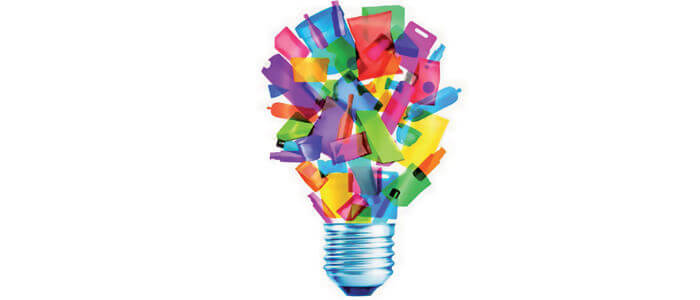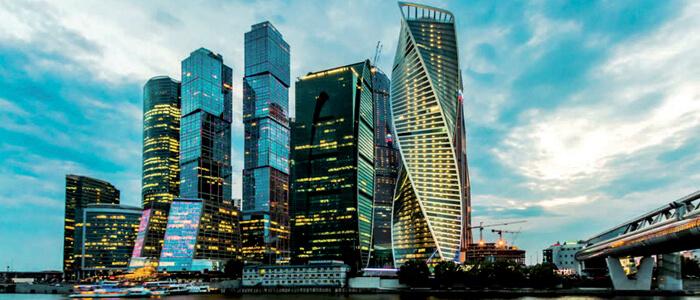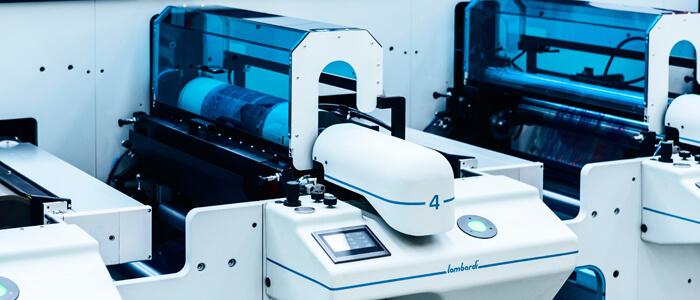“The award of awards” for the quality of narrow web flexographic printing on paper, assigned last May 30th in Milan by FTA Europe, following its success at BestInFlexo 2017. But also the first places gained in the previous national competitions of 2015 and 2016, and the prestigious second FTA Europe Award 2016 in the broad web paper category. Cartotecnica Postumia stakes all on an ethical, technological and organizational level, and wins.
Cartotecnica Postumia is a family business, headed by Gabriele Gava and his son Pierluigi, that celebrated its 50th anniversary in 2017. Since its inception it has focused on the production of paper packaging, in particular shoppers for stores and block bottom bags for food such as flour, sugar, rice etc. Internationally certified for product and service quality, it operates with a solid structure, 120 employees and a sizeable turnover, which exceeds 20 million euros, equally divided between industrial bags and shoppers with handles.
Choices and projects
But what makes Postumia what it is, and distinguishes it from other realities operating on the same markets, is its “ soul”, made of value and technological choices. Emblematic hence that all the products of the paper converter based in Carmignano di Brenta (PD) are made using certified paper, coming from responsibly managed forests. As well as that, from a technological point of view, the products are significantly printed in flexography, with three state-of-the-art central drum printing machines, which feed the 13 bag and shopper converting machines. The company has a global range of action. Postumia exports 50% of its output in Europe but also in the United States, Africa and the Middle East, where it is appreciated for its high print quality and flexible service.
«We have specialized in small and medium-scale runs», explains Pierluigi Gava, CEO of the company, «and we are able to guarantee very fast delivery times and extreme flexibility and response quick reactivity, to offer the customer maximum value.»
Organization in fact plays a key role in the success of the paper converter, engaged for some years in an important project of lean process transformation.
«The rapid returns in appreciation from customers show we are right. And in the near future we have planned further investments to increase production capacity. Our focus is and always remains the flexo press, but we are also evaluating digital options to develop new market segments that are looking for even greater customization.»
With this commitment equally distributed over the various fronts of the company’s activity, Cartotecnica Postumia has won a host of awards that attest its superior capacity in terms of product quality. Here’s how and why, in an interview with Pierluigi Gava.
Cartotecnica Postumia won the FTA Europe Diamond Award 2018 for the best flexo printing on narrow web paper. What were the motivations of the jury? What expectations motivated you to take part in the competition?
We won the first prize in the competition organized by the Flexo Technical Association in the category “Flexo print on paper and labels, UV ink, narrow web” with a paper bag for flour printed during a normal production (not specifically for the competition, Ed.). With the same product, in 2017 we won the first prize at the Italian BestinFlexo competition “for the excellent background coverage and the good image resolution”. And that was nothing new. We had already won first place at the BestinFlexo 2016 and 2015, and a second place in the broad web paper category at the 2016 FTA Europe Awards. Our company, in fact, is oriented towards a market that knows how to appreciate the quality of flexo printing and the contests inspire us to give our best. Furthermore, they certify the very high quality that we are able to offer our customers. What processing aspects played a decisive role? For the work that won the Diamond Award, both prepress and print were decisive. In view of the complexity of the subject, our technicians decided to work with 7 colors – two pantone, three black and two gray – to ensure a high coverage with a very intense black and at the same time keep very small wording and a highly defined black and white image. Then, during production we had to face the difficulty of printing a narrow web on a large machine (a web width of 342 mm on machine with a print width of 1400).
What part did the consumables play? Did you use a particular type of ink in these works? If so, which one and why?
In such high quality work the technical characteristics of the substrate and ink play a fundamental role. In this case it was a one side coated paper on which we printed with Sun Chemical waterbased inks. We did not use special inks but those that we normally use for production. We have been working with Sun Chemical for many years because the products they supply us are of the highest level and allow us to operate in all cases with the confidence of a good result. For this specific work we also used two overprint varnishes, one matt and one spot UV gloss, these too waterbased and supplied by Sun Chemical.
Therefore, prepress plays a crucial role in print quality. What processes and equipment did you field? What were the most delicate phases?
The whole design phase of a printed package is crucial if you want to achieve good results. Our company has an internal graphic office that deals with prepress and collaborates with external printing plate suppliers.
What was the most difficult phase to achieve in terms of skilfulness?
Certainly the perfect register of the two reversed- out black colours with superimposed negatives to make the text perfectly readable, wording that in this case is very small in size. And since it is food packaging, the legibility of texts is a fundamental requirement. However, maintaining register of two transparent varnish that are pratically invisible at 300 meters/min was also a big challenge. We can say that the job gave us a variety of reasons to be satisfied, enabling us to apply competencies and experience acquired over a many years’ dedication to the craft.


















